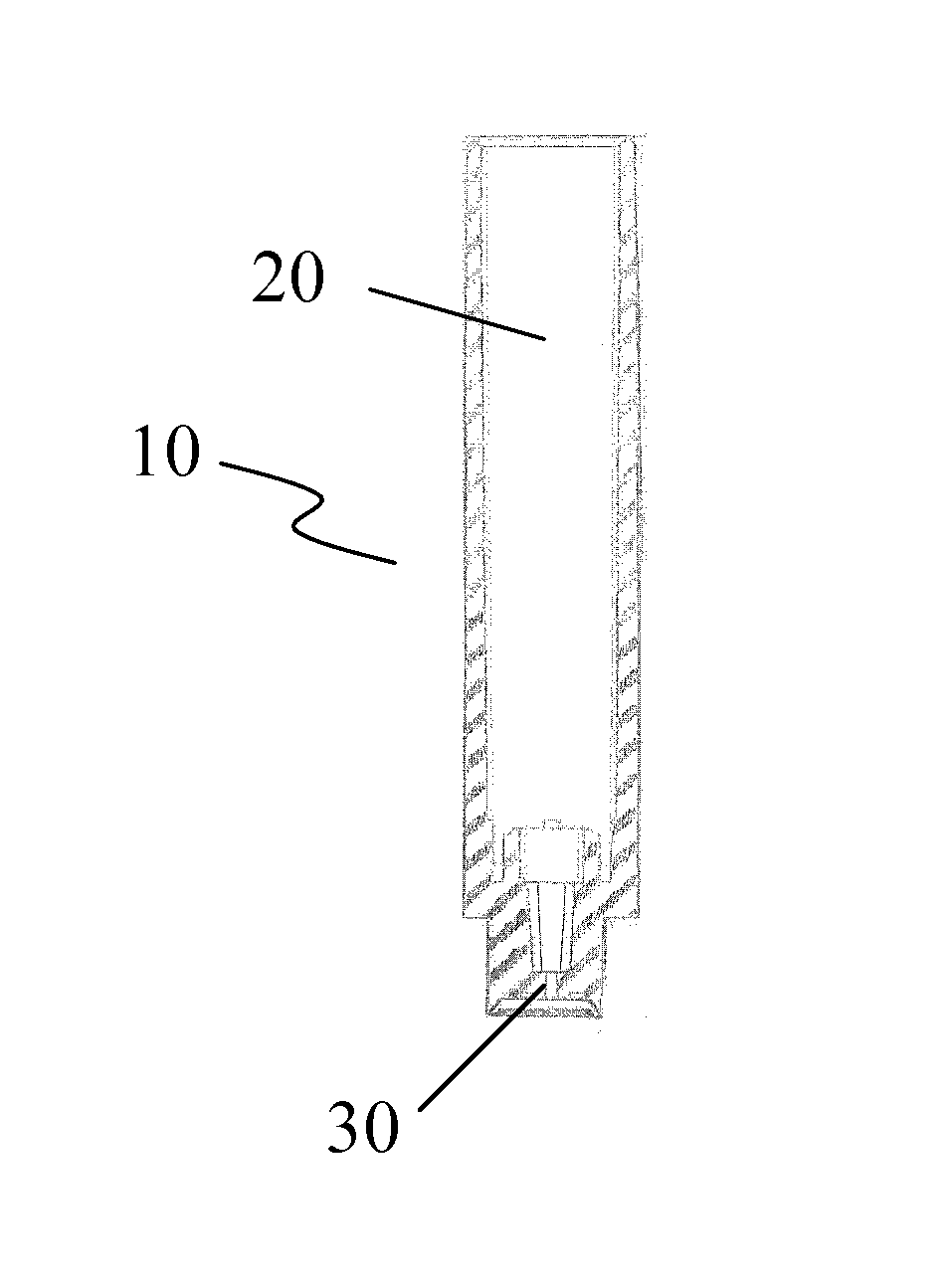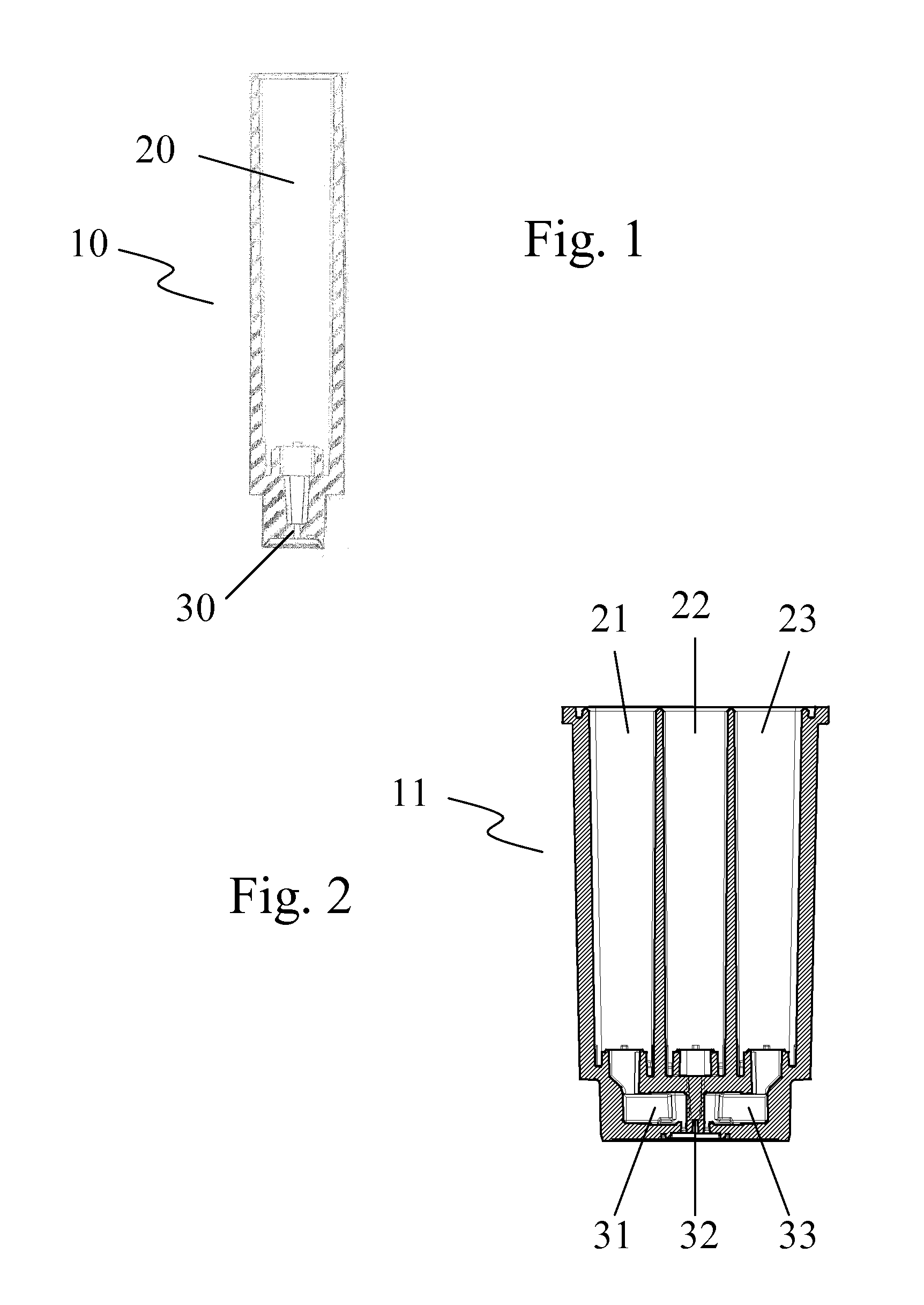Bicomponent reactive ink for ink jet printing
a technology of reactive ink and ink jet printing, which is applied in the direction of biocides, inks, coatings, etc., can solve the problems of thermal polymerizable inks that cannot be used with thermal ink-jet systems, blockage of printing heads, and inability to achieve the effect of thermal ink-jet printing, good ejectability, and proper wettability of substrates
- Summary
- Abstract
- Description
- Claims
- Application Information
AI Technical Summary
Benefits of technology
Problems solved by technology
Method used
Image
Examples
examples
[0099]The following Table 1 shows the composition of the first component of the reactive ink of the present invention (M1-M3) comprising the polymerizable monomer together with other conventional ingredients for ink formulations.
[0100]
TABLE 1M1M2M3Celloxide 2021P27.54010Intraplast Brilliant Blue GN3.753.753.75Silquest A18710104BYK 3461.251.251.25BYK 3801.251.251.25Ethanol56.2543.7581.25
[0101]Celloxide 2021P is (3′-4′-Epoxycyclohexane)methyl 3′-4′-Epoxycyclohexyl-carboxylate, available from Daicel Chemical Industries.
[0102]Intraplast Brilliant Blue GN is the trade name of the Solvent Blue 67 provided by Sensient Technologies Corporation.
[0103]Silquest A187 is an epoxy functional silane, available from Momentive Performance Materials Inc.
[0104]BYK 346 is a solution of a polyether modified dimethylpolysiloxane in dipropyleneglycol monomethylether, available from Byk Chemie; Wallingford, Conn.
[0105]BYK 380 is a solution of a acrylic nonionic copolymer in dipropylene glycol monomethyleth...
PUM
| Property | Measurement | Unit |
|---|---|---|
| pKa | aaaaa | aaaaa |
| temperature | aaaaa | aaaaa |
| temperature | aaaaa | aaaaa |
Abstract
Description
Claims
Application Information
 Login to View More
Login to View More - R&D
- Intellectual Property
- Life Sciences
- Materials
- Tech Scout
- Unparalleled Data Quality
- Higher Quality Content
- 60% Fewer Hallucinations
Browse by: Latest US Patents, China's latest patents, Technical Efficacy Thesaurus, Application Domain, Technology Topic, Popular Technical Reports.
© 2025 PatSnap. All rights reserved.Legal|Privacy policy|Modern Slavery Act Transparency Statement|Sitemap|About US| Contact US: help@patsnap.com


